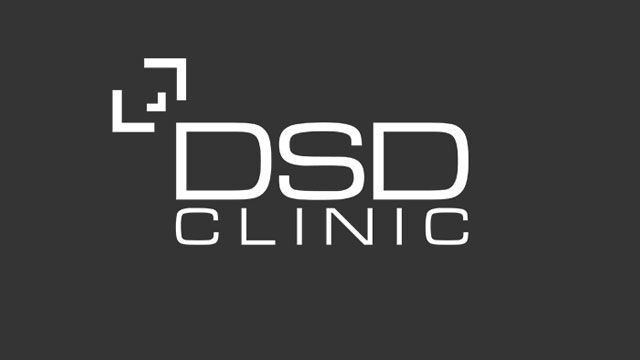
In December 2010 the Ministry of Health published results of the NZ Oral Health Survey, a review of our attitudes, beliefs, knowledge and dental practices. Last published in 1988, how much progress have we made in 20 years?
I’m getting to that age where I enjoy antiquity and it’s history on television, much to the frustration of my teenagers who would rather command the remote to watch The Simpsons. Antiques Roadshow is a fascinating world of design and invention. It’s also a commentary on British teeth – many of which appear to be as ancient as the objects on show. The Brits have long been chastised for their apparant dental laissez faire when it comes to their smiles. We all recall the Simpsons episode where Lisa’s dentist shows her the Big Book Of British Smiles. In fact the oral health of UK children has improved and compares well in a 2006 OECD report published in the Economist.
Read that article here.
But what about our nation?
In December 2010 the MoH published the NZ Oral Health Survey. Key findings show:
- Oral health of New Zealanders has improved
- Total tooth loss has decreased dramatically.
- Adults are retaining more of their natural teeth.
- Four in five children had visited a dental professional in the previous year.
Despite this improvement dental decay remains the most prevalent chronic disease in New Zealand.
Only one in two children aged 2-17 years were decay-free.
The majority of adults used a dentist when they had a dental problem, rather than visiting for routine check-ups.
People who visited only for a dental problem had significantly worse oral health than regular users.
Dental problems have an indirect cost to society
One in ten adults aged 18-64 years have taken 2.1 days off work or school in the previous year due to problems with their teeth or mouth.
Compared with Australian adults, New Zealand adults had poorer oral health across a range of clinical oral health indicators, and were also less likely to have visited a dental professional in the previous year.
Read the full report here.
So how do we get that shift in behaviour towards more regular care, knowing that the outcome is better for us, less costly in the long run to both the individual and society? And what drives the poor attendance record?
The two commonly cited reasons are pain and cost. This modern dental era offers much to alleviate dental pain and sensation – topical anaesthetic sprays, painless injections, various kinds of sedation for relaxation and memory suppression, noise cancelling headphones – but pain is often a memory, a relic of the ‘dental nurse days’ for many New Zealanders over the age of 40. The widespread placement of large amalgam fillings through the 1960’s and 70’s has left our teeth vulnerable to fracture and the cost of reconstruction becomes substantial, adding to the burden.
A prevention model however, costs very little. The annual commitment with a dentist/hygienist is less than most women spend at the hairdresser every year, and less than a moderate annual alcohol consumption.
The dental profession has long referred to Patient Dental IQ – an assessment of where the patient sees themselves in a Maslows Heirarchy of Needs Model. Those with the highest dental IQ are patients who value prevention, gaining peace of mind knowing that they have accessed the best possible care for themselves, and that they have minimised or eliminated the risk of dental disease with their choices. A high dental IQ doesn’t necessarily correlate with affluence, it simply reflects a personal sense of value around health. A patient with low dental IQ is focused on the most basic of needs – physical survival, relief of pain and discomfort. Once again there is not always a correlation between an ability to pay and the desire to make the choice of extraction versus tooth preservation. The patients in the middle are those that want the best for themselves, but cannot afford it at this point in time.
The profession has a responsibility to shift patient IQ through education and understanding of the emotional and financial benefits of prevention. When a patient presents with a low dental IQ it is my job to cultivate an appreciation of quality dentistry. When personal financial circumstances prohibit this my role is to find acceptable alternatives and financial pathways to reach that goal over time.
After 25 years of supporting patients through a shift in dental IQ, it is a satisfying place to see my patients year after year with annual dental costs for prevention only. In many cases it has taken 20 years to get there…the result of saving hard, investing well and being committed to avoiding dental disease.









